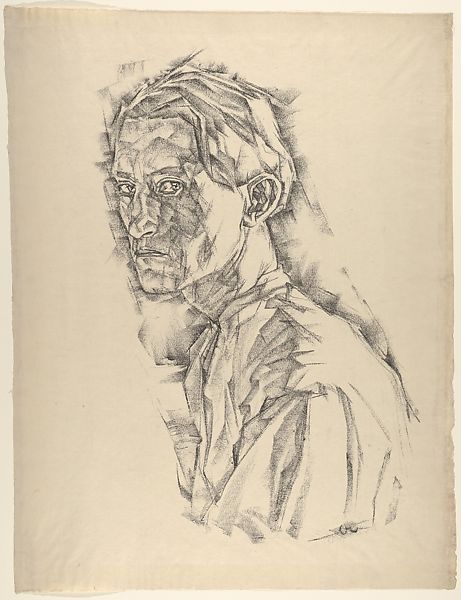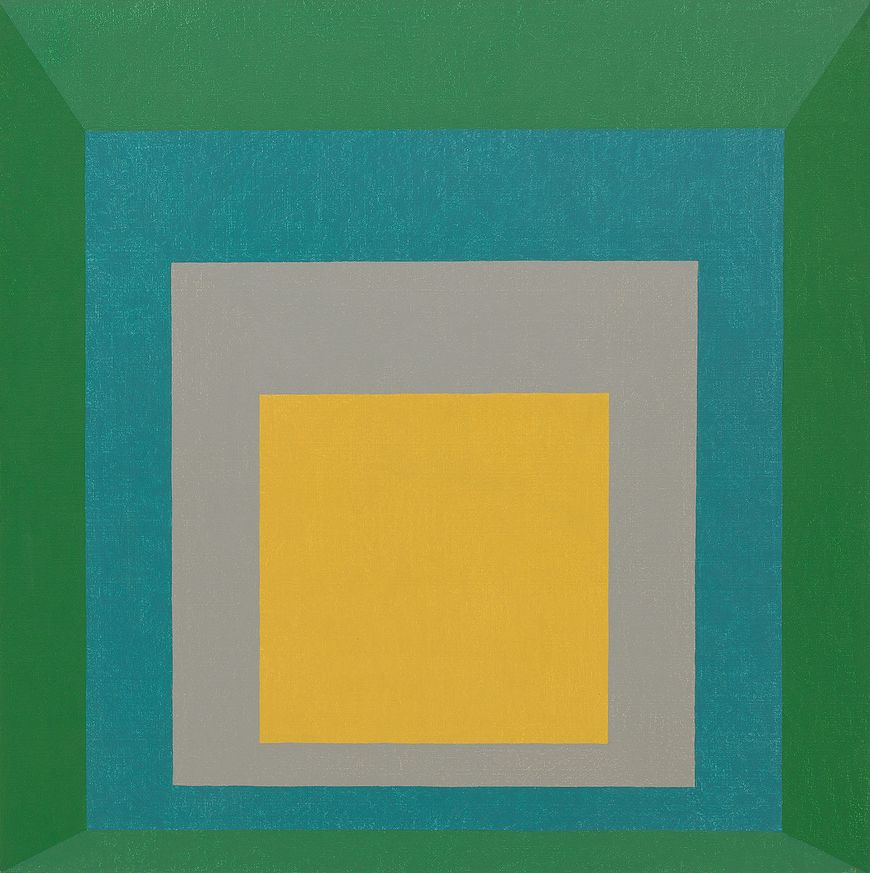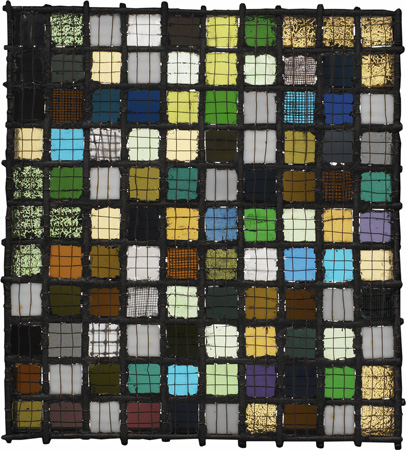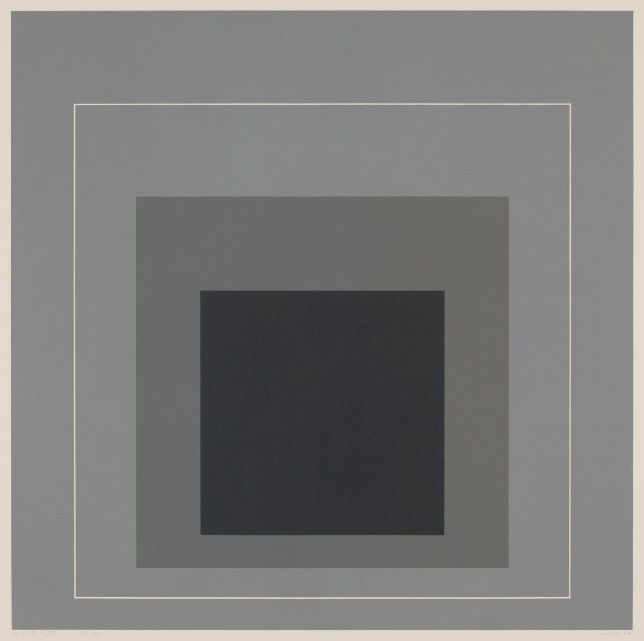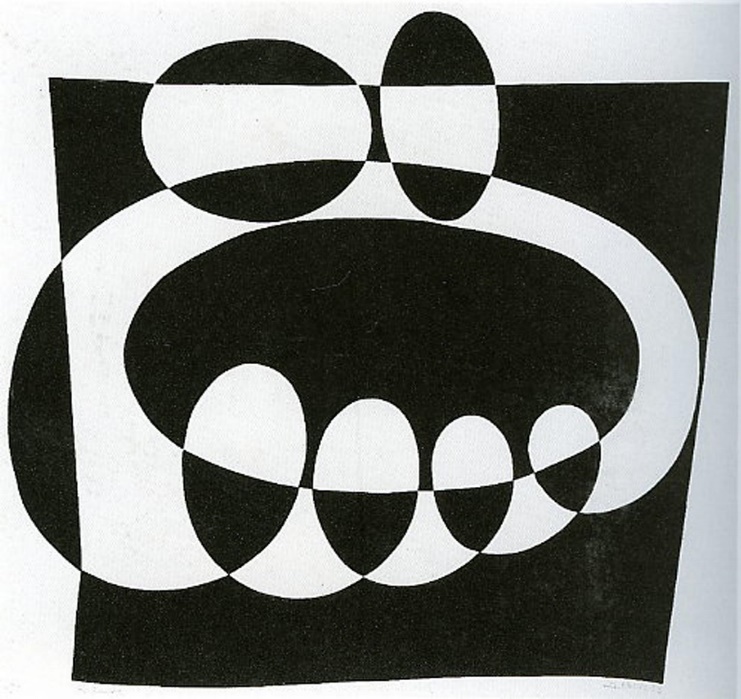Albers Josef is an artist and art theorist, one of the leaders of geometric abstraction. Josef Albers was born March 19, 1888, in Bottrop, Germany, and died March 25, 1976, in New Haven, Connecticut, USA (Darwent, 2018, p. 22). He was a German-born American artist and teacher who shaped twentieth-century art education programs in the United States and Europe. As an artist, Albers practiced in several disciplines, including photography, typography, frescoes, and printmaking. It is essential to note that when it concerns Albers’ early paintings, it can be argued that they belong to expressionism. Despite the fact that this is the first work of the artist, it should be mentioned that they are made at a high enough level. After some time, it was possible to discuss the abstract-geometric style of the artist (Darwent, 2018). Albers devotes a considerable amount of attention to color; it is the most significant factor in the artist’s paintings.
Thus, expressionism is an artistic style and direction in the development of culture. In this style, the artist attempts to portray not the objective reality but subjective emotions and reactions that arise in human response to events in the world. The artist achieves this goal through distortion, exaggeration, primitivism, or fantasy through vivid shades and expressive strokes (Darwent, 2018). Meanwhile, geometric abstraction is a form of abstract art based on the use of geometric shapes. They are, although not always, placed in a non-illusionist space and combined into non-objective compositions.
It is interesting to observe that he worked actively as a designer at one time, creating sketches of furniture and glass and metal utensils. Despite the fact that Josef Albers was born into a family of a craftsman from a young age, the boy’s talent as an artist was already evident. Later the artist says, “I have not painted at all my childhood. In fact, I never painted. But I helped my father who was a house painter and decorative painter. He made stage sets, he made glass paintings, he made everything” (Darwent, 2018, p.31). It is essential to emphasize that Josef Albers expressed his principles and conclusions in two theoretical papers, one of which, “The Interaction of Colors,” was widely distributed (Darwent, 2018, p. 51). Therefore, it indicates the potency and desire of Albers to develop his artistic talents. In this way, Albers Josef is a color theorist, a visionary artist who had a significant role in the history of color in the twentieth century.
Artist Comparison/Contrast
Laszlo Mohoy-Nagy was a prominent constructivism representative and a Bauhaus art school teacher. Among his students was Josef Albers, and it was under his influence that geometric drawings, shapes, and lines began to appear in Josef Albers’ paintings (Sauer, 2019). Josef Albers arranged the figures in different directions: one inside the other, superimposing one over the other, depicting them side by side. In contrast, in the artworks of Mohoy-Nagy, it is possible to observe inexpressive geometric forms, which he combined with different color schemes (Sauer, 2019). However, common to these two artists was the use of color to produce highlights.
Richard Anuszkiewicz is also considered one of the founders of pop art, continuing the work of his teacher Josef Albers, who experimented with color combinations. Albers studied the dependence of color effects on such factors as position, surroundings, quantity, and intensity of light (Sauer, 2019). In general, more than a thousand variations of a single theme were produced. Richard Anushkevich’s use of bright hues and geometric patterns created the impression that figures emerge from the surface of the painting and pulsate (Sauer, 2019). Thus it can be argued that Anushkevich, like Albers, actively applied colors, but he did not create more than a thousand variations of one theme but attempted to enliven the figures.
Contextual Understanding
Creative Context
Homage to the Square
This painting from the most well-known and numerous “Homage to the Square” series represents three squares placed one inside the other in oil paint. They are painted in various shades of the blue-green palette and are shifted toward the bottom, which creates the visual effect of movement in that direction. As in the other paintings in the series, the artist carefully examines the interplay of colors with one another, adjusting their hue, tone, and intensity to explore optical impressions (Oertel, 2022). He also focused close attention on the psychological effect of such visual illusions on the viewer and made corrections to his artwork based on his observations.
Grid Mounted
Joseph Albers was primarily engaged in stained glass and other decorative works made of glass at the beginning of his creative career. Meanwhile, he always emphasized the colors of his works, experimenting with different combinations of colors. This trend is reflected in the creation “Grid Mounted,” which is a composition of colored glass squares on a wire mesh (Sauer, 2019). Despite the apparent randomness, the arrangement of all the elements is carefully considered and balanced according to the author’s idea.
References
Darwent, C. (2018). Josef Albers. Thames and Hudson.
Oertel, M. (2022). Homage to the square? Lessons learned from Bauhaus master Josef Albers.Practical Radiation Oncology, 12(2), 88-89.
Sauer, M. (2019). “The better form”-Josef Albers´ s idealistic concept of art reveals its socio-cultural function.Art Style: Art and Culture International Magazine, 2(2), 30-35.
Images
